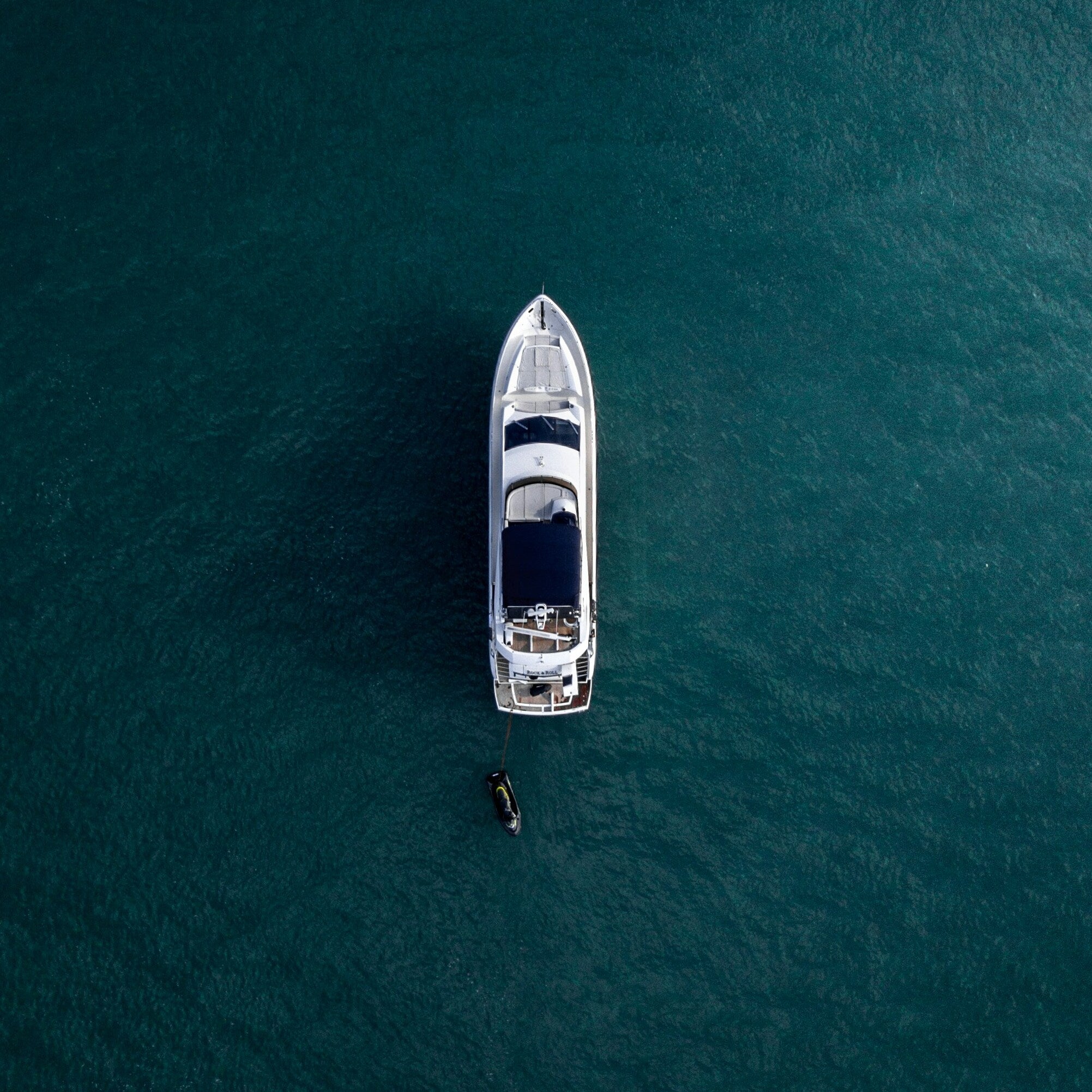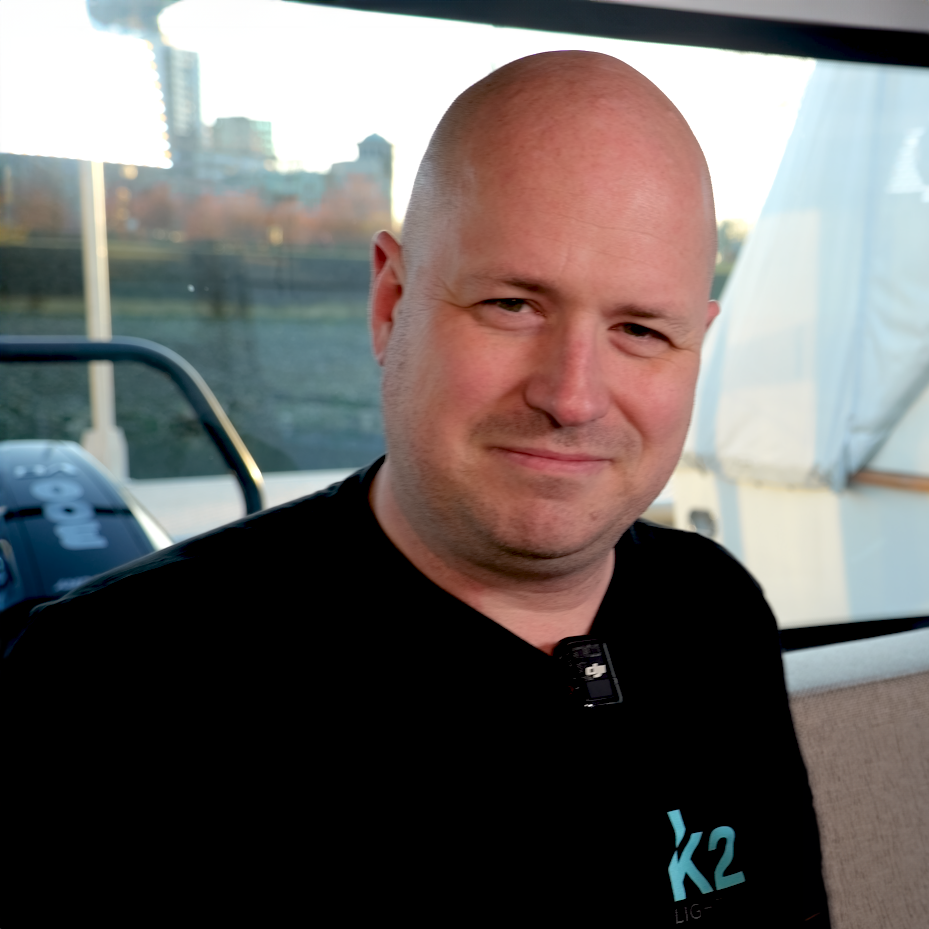Battery life is one of the most critical factors for boat owners, especially during long voyages, off-grid adventures, or when docked without access to shore power. A reliable battery ensures continuous operation of essential systems such as navigation, communication, refrigeration, and, of course, lighting.
However, traditional lighting systems, like halogen or incandescent bulbs, consume significant power and quickly drain batteries, leaving boaters in less-than-ideal situations. This is where marine-grade LED lighting emerges as a game-changing solution. Known for their energy efficiency, durability, and minimal power draw, LEDs have become the go-to choice for maximizing battery performance on boats.
In this guide, we’ll explore how energy-efficient LED lighting not only reduces power consumption but also enhances visibility, safety, and overall boating experiences.
Understanding Marine LED Lights and Their Energy Efficiency
What Makes Marine LED Lights Energy-Efficient?
Marine LED lights are designed to provide maximum illumination with minimal energy consumption. Unlike traditional incandescent or halogen bulbs, which waste significant energy by generating heat, LEDs convert nearly all their energy into light. This efficient energy conversion drastically reduces the strain on your boat's electrical system, ensuring longer operational hours on a single battery charge. Additionally, modern marine LED fixtures often come with smart energy management systems, allowing precise control over brightness and timing, further optimizing power use.
How LED Lights Differ from Traditional Boat Lighting
Traditional marine lighting systems, such as halogen bulbs, have been a standard choice for decades, but they are highly inefficient. Halogen lights consume excessive power, produce significant heat, and have a limited lifespan, often requiring frequent replacements. In contrast, marine-grade LED lights are engineered to last up to 50,000 hours, are resistant to vibrations and environmental stressors, and consume up to 80% less energy than traditional lighting systems. This means less maintenance, lower energy costs, and extended battery performance, making them the superior choice for modern boat owners.
The Impact of Lighting on Boat Battery Life
How Lighting Choices Affect Energy Consumption
Every watt consumed on a boat matters, especially during long trips or overnight anchoring. Lighting often accounts for a significant portion of a boat's total energy draw, and inefficient lighting systems can quickly drain battery reserves. Incandescent lights, for instance, can pull substantial power even when used intermittently, leaving little energy for critical systems. By switching to LED technology, boat owners can drastically reduce this energy burden, extending battery life and ensuring sufficient power remains available for navigation and emergency systems.
LED Lighting as a Solution for Reduced Energy Drain
LED lights consume far less energy while providing superior illumination compared to traditional options. For example, an LED bulb consuming only 5 watts can produce the same brightness as a 50-watt halogen bulb. This reduction in power draw ensures that boat batteries last significantly longer, reducing the need for frequent recharging or reliance on fuel-powered generators. Furthermore, energy savings from LEDs contribute to reduced carbon footprints, aligning with sustainable boating practices.
Key Areas on a Boat to Use Energy-Efficient LED Lights
Navigation Lights
Navigation lights are essential for safe operation during low-visibility conditions and are required to remain illuminated for extended periods. Marine-grade LED navigation lights are highly energy-efficient, producing bright and reliable signals without rapidly depleting battery reserves. They are also built to withstand harsh weather conditions and saltwater exposure, making them a dependable choice for boaters.
Deck and Courtesy Lights
Deck lights ensure safety during nighttime activities, while courtesy lights provide visibility in walkways, staircases, and entry points. LED deck and courtesy lights offer focused illumination without creating glare, reducing power usage without compromising functionality. Many modern fixtures come with motion sensors or timers, activating only when needed and further conserving battery life.
Cabin and Interior Lighting
Interior spaces like cabins, sleeping quarters, and galleys benefit greatly from energy-efficient LED lighting. Dimmable LED cabin lights allow boaters to adjust brightness levels based on specific needs, reducing unnecessary energy draw during low-activity hours. Additionally, LEDs produce minimal heat, keeping cabins cooler and reducing reliance on onboard cooling systems.
Underwater and Accent Lights
Underwater and accent lights enhance both the functionality and aesthetics of a boat. While underwater lights are often energy-intensive due to their high output requirements, marine-grade LEDs balance brightness with efficiency, ensuring stunning visual effects without draining batteries excessively. Accent lights, on the other hand, can be programmed for low-intensity operation, adding ambiance while conserving power.
Best Practices for Optimizing Battery Life with LED Lights
Choose the Right LED Fixtures
Selecting the appropriate LED fixtures is key to maximizing energy savings. Look for products with high lumens per watt ratios and robust waterproof ratings like IP67 or IP68. Fixtures designed for marine environments will resist corrosion, salt spray, and temperature fluctuations, ensuring both energy efficiency and durability.
Use Smart Lighting Controls
Smart lighting systems allow boat owners to control LED fixtures remotely, set timers, and adjust brightness levels based on specific needs. Motion sensors, for instance, activate lights only when movement is detected, preventing unnecessary energy use. Similarly, automated schedules ensure lights are turned off during daylight hours or periods of inactivity.
Turn Off Unnecessary Lights
A simple yet effective practice is ensuring that lights in unoccupied areas are turned off. Even energy-efficient LEDs can add up if left running unnecessarily. Creating lighting zones and using manual or automated switches can significantly contribute to energy conservation.
Integrating Solar-Powered LED Lights for Enhanced Efficiency
Benefits of Solar-Powered LEDs
Solar-powered LED lights provide an additional layer of efficiency and sustainability by reducing reliance on battery-powered systems. These lights harness solar energy during the day and illuminate key areas at night, without drawing power from onboard batteries. This makes them particularly useful for deck lights, walkway lights, and emergency lighting.
Best Use Cases for Solar LED Lights on Boats
Ideal locations for solar-powered LED lights include exposed areas like handrails, decks, and gangways, where they can maximize sun exposure during daylight hours. By reducing the electrical load on the boat's main power system, solar-powered LEDs provide a sustainable and cost-effective lighting solution.
Environmental Benefits of Using Energy-Efficient LED Lights
Switching to marine-grade LED lights contributes to both economic and environmental sustainability. Reduced power consumption lowers reliance on fuel-powered generators, decreasing greenhouse gas emissions. Additionally, LEDs contain no hazardous materials like mercury, making them environmentally friendly and safe for marine ecosystems.
Marine LED lights are not just about illumination—they are about efficiency, safety, and sustainability. By upgrading to energy-efficient marine-grade LED fixtures, boat owners can drastically extend battery life, reduce energy costs, and minimize their environmental footprint. Thoughtful placement, smart controls, and the integration of solar-powered LEDs make a world of difference in maximizing battery performance on the water.
Explore K2 Lighting's wide range of marine-grade LED lighting systems designed to improve efficiency, reduce energy consumption, and enhance your boating experience.





